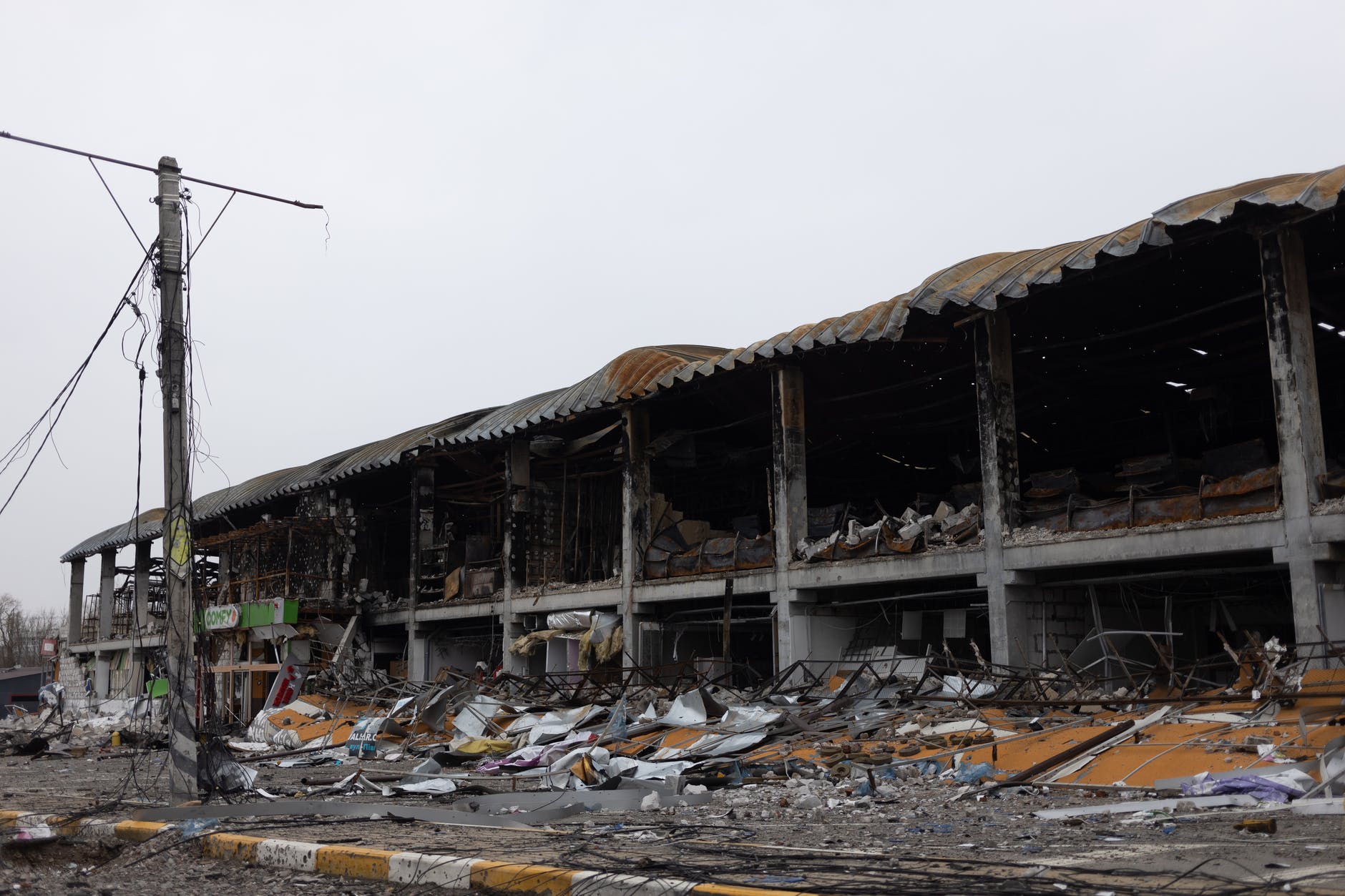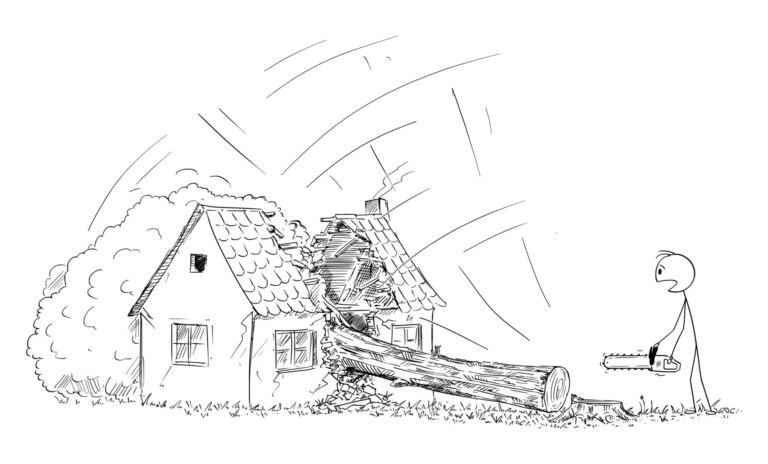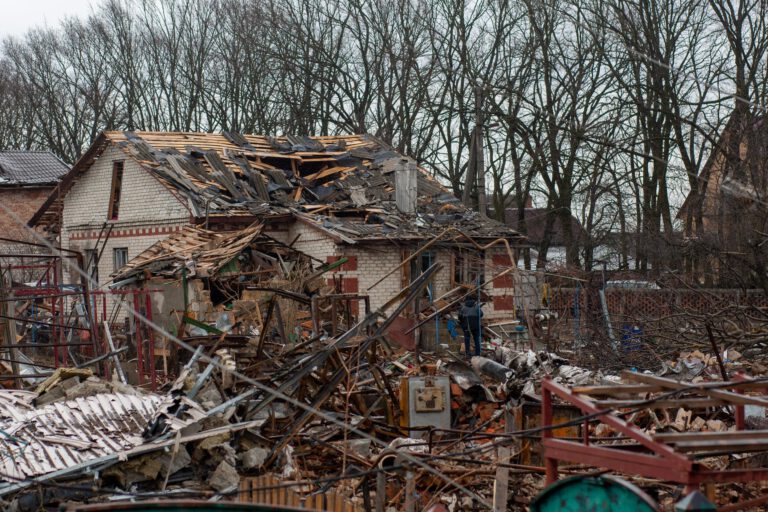What Does Home Insurance Really Cover?
Home insurance offers protection against loss or damage caused by theft, damage from climatic events, and accidents. Home insurance is the safety net that protects you, your family and your financial well-being should your more expensive asset—your home—be badly damaged or destroyed. As a result, it’s important to understand what home insurance covers and what it doesn’t cover.
What Does Home Insurance Cover?
While all home insurance policies cover basically the same thing—it protects you from financial ruin should your home be badly damaged or destroyed—each provider and policy will have slightly different terms and coverages.
To find the right home insurance coverage, it pays to become familiar with the basics.
All home insurance covers the following:
- Full or partial repair or replacement of catastrophic damage or destruction to your home.
- Full or partial repair or replacement of catastrophic damage or destruction to your personal belonging.
- Theft or loss of contents from your home or property.
- Theft of loss of contents from your vehicle, while parked or when travelling away from home.
- Any injury to the visitors on your property.
- Any accidental damage you cause to the property of other people.
For tenants, consider getting renter’s insurance. This coverage is typically much cheaper than homeowner’s insurance and offers virtually identical coverage with the exception of the repair or replacement of the building or home. (You rent, so you don’t need to pay for that coverage; your landlord is responsible for getting and paying for insurance that protects against damage or loss of the rental building.)
To get a better appreciation of the benefits of home insurance, let’s consider the major areas of coverage.
Damage To The Interior Of Home
Depending on your home insurance plan, the contents of your home are covered should they be damaged, destroyed or removed, due to theft or other covered peril.
A ‘covered peril’ is insurance language for a type of damage or destruction that is included as part of your insurance coverage. Common perils include: fire, sewer backup (typically an extra coverage that must be added to a home insurance policy), windstorm, lightening strikes, etc.
Coverage Includes ‘Contents’
The interior portion of your home is classified as the ‘contents’ portion of your insurance policy. It includes coverage for all your personal belongings, including electronics, furniture, appliances, clothing, and even personal items such as bathroom toiletries, books and toys.
Remember: If you upgrade your personal belongings—say get new, expensive furniture or a new, expensive home theatre—be sure to call and let your insurance provider know. If you don’t and your contents are damaged by a covered peril, you may not get the full replacement or repair value of the new, expensive items.
Need to Consider Coverage on Valuables
If there are collectibles, valuable pieces of art, or expensive jewelry at your home, it would be smart to get them covered separately.
Known as a ‘rider’ this extra coverage will help ensure that you get full, or close to full, compensation should the items be stolen, damaged or destroyed.
To keep your home insurance costs manageable, be sure to talk to your agent or an insurance broker. Quite often, a broker will know what insurance providers are best for certain types of coverage.
For example, if you are an avid cyclist or water-sports enthusiast, some insurance providers may have higher coverage limits allowing you to minimize the addition of a rider (which minimizes your add-on rider costs).
Coverage for Sewer Backup
An important coverage you should consider adding to your insurance plan is sewer backup.
Any failure or damage to your sewer is not something you can predict or help. It will, however, cost you a huge chunk of money to repair or replace any belongings (or building structure) that’s been damaged by a sewer backup.
The good news is a sewer backup rider is a relatively inexpensive rider to add to your policy with most homeowners paying an extra $25 to $250 per year for coverage.
Damage To The Exterior Of Home
An average home insurance plan covers the repair, replacement, and rebuilding costs of all structures on your property.
Coverage for Dwelling And Outbuilding
Your dwelling covers your house, and any structure that is part of your property. This additional structure coverage can include a garage, pool, cabana, fountain and even a pool or hot tub (although, you may need to purchase additional coverage, so be sure to talk to your insurance provider).
Keep in mind, however, that coverage on your dwelling is prioritized. For some insurance products, this means that costs to repair or replace your home will be paid first, and only the remaining coverage will go towards replacing or repairing external or additional structures, like a garage or guest house.
Cost Of Living Is Covered
If your home is damaged or destroyed you will be forced to find accommodation elsewhere. The cost of this accommodation is typically covered by a home insurance policy
Many insurance providers will cover the cost of temporary accommodation until your house is livable again but be sure to confirm what will and can be covered before you need to make a claim.
What Insurance Providers May Not Tell You
Flood Insurance Coverage is Extra
About a decade ago, insurance providers began to offer overland flood insurance as a rider to homeowners who already purchased the sewer backup coverage.
One reason why it’s a good idea to pay for this extra coverage is that the risk of water damage is now far greater than the risk of any other type of peril, including a house fire.
Even if you are living in an area where the risk of flooding is incredibly low, you should still consider getting flood insurance. Flood coverage will insure your home against overflooding—a term used to explain any water seepage or damage caused by water entering the home through an above-ground source.
If You Get Sued
Turns out your home insurance offers you protection in the case of legal situations. For instance, if someone visiting your home were to get injured and decided to sue, your home insurance would cover the court costs and damages that may arise from this situation.
Known as liability coverage, this part of your home insurance protection also extends to any damage caused by your pet. That means any damage or harm your pet causes to someone or their property can be covered by your home insurance policy.
Coverage For When You Travel
While at home, everything you own is covered by your home insurance. But what happens when you go out, say, on holiday? How far does the insurance extend?
All homeowner insurance covers the repair or replacement of lost or stolen personal items while you are travelling.
What’s Not Covered?
Given below is the list of what your regular home insurance plan will not cover:
Business Activities
If you’re running any small-scale business from your home, home insurance will not be liable to cover it.
Rental Activities
If you rent out your home or a part of it to a friend or tenant, it will not be covered by your home insurance. However, you can get it additionally attached to your home insurance if you need it.
Moral Risk
You shouldn’t deliberately damage your property or content in order to be reimbursed by it. If you are caught doing this it is considered fraud and you not only void your insurance claim but run the risk of court proceedings.
Take proper care of your home, and see to it that no damage comes due to your lack of attention.
How to Find the Right Home Insurance?
Before you buy insurance, check out at least three or more insurance companies, their home insurance coverage plans, and prices. You must make sure the insurance you’re buying offers the maximum coverage in your price range.
The key to getting your home well-protected is to pay attention to the little details of the insurance policies.
When you’re buying home insurance, make sure it covers the rebuilding costs of your home. If you keep expensive jewelry, limited edition books, or original paintings, you must buy separate coverage for those.
Your responsibilities don’t end here. Post-insurance, you should make a list of all personal belongings you buy throughout the year. Add these to your inventory at the time of insurance renewal, so that nothing remains uncovered.
When you pay for home insurance, keep in mind that it is an investment towards the elimination of potential catastrophic loss. While on the surface, home insurance covers your home and your belongings, the real benefit is that home insurance will prevent you from losing these critical items and taking on the financial burden of having to replace your home and belongings, out-of-pocket.






